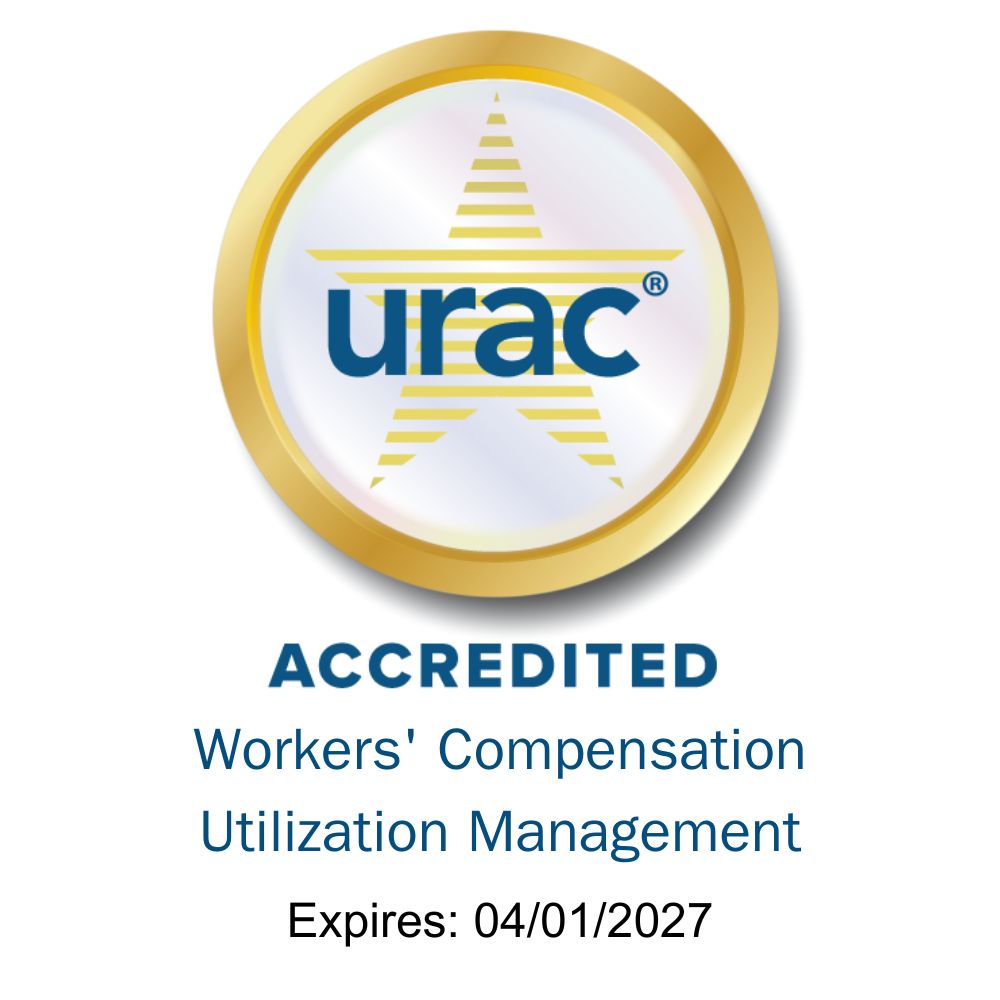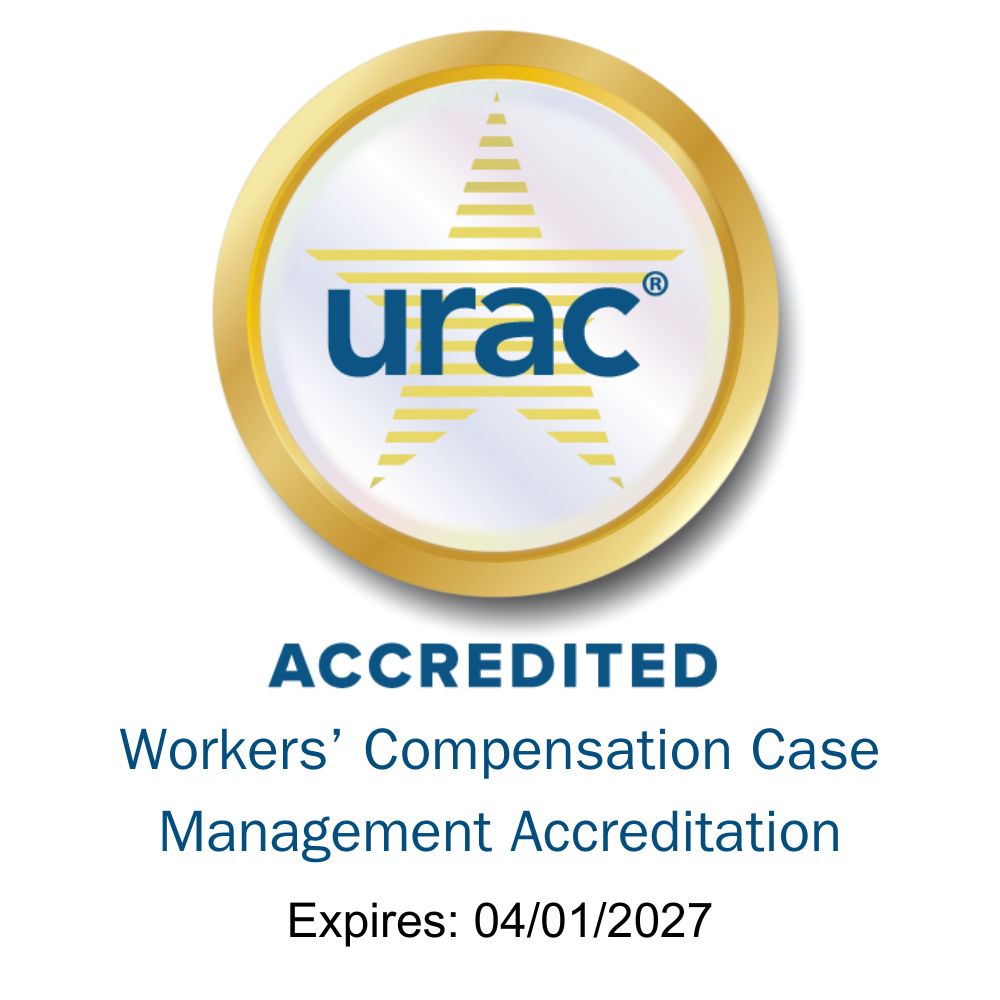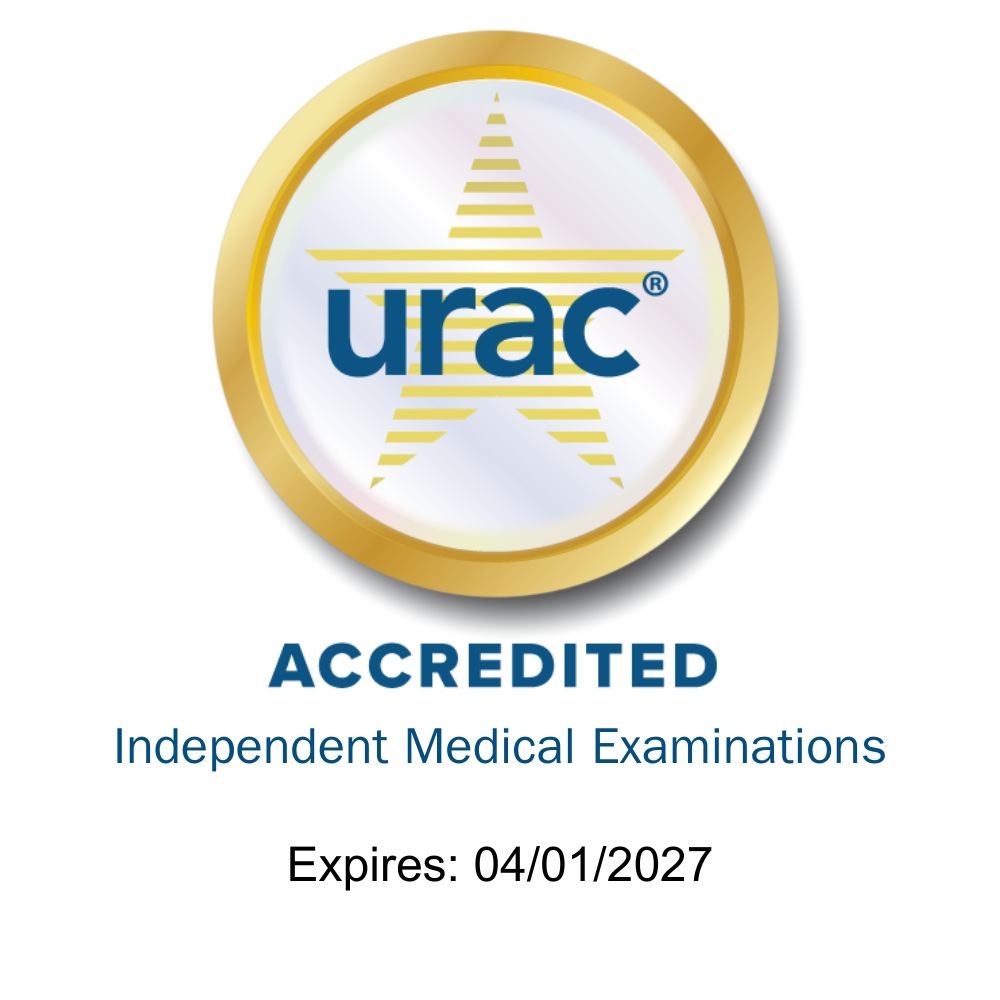Since the birth of case management in the workers' compensation industry, payers and employers have struggled to quantify the impact that case management has on a claim. Questions surrounding whether case management saves money on a claim, if savings calculations are real, and about the return on investment (ROI) are often asked. Because case management is not transactional in nature like bill review and network services, case management cannot be quantified based on unit cost reductions at a point in time. Case managers, like adjusters, work with injured employees over a period of time, and their impact is best measured through claim outcomes.
There are varying methods for calculating savings at the case or claim level accompanied by just as many skeptics that question the validity of the savings and return on investment. Most would agree that savings should occur when medical and/or indemnity claim spend is reduced. Savings calculations at a case level occur when medical services are decreased and/or negotiated, and days off work are reduced. It is important to employ a sound methodology to demonstrate medical savings and lost time avoidance. These savings represent an “estimate” of potential savings associated with case management services and should be viewed as an early indicator that case management is making a positive impact on claims and a predictor of overall program outcomes.
For decades, employers and claim payers have struggled to understand their total program outcomes at a meaningful level that combines all managed care and claim record data. Program data is typically segregated among multiple production systems, making a complete analysis impossible. Integration of all managed care data with the claim record data can demonstrate the real value of clinical intervention. Outcome-focused claim management relies on the use of integrated data to measure true fiscal impact. Throughout the claim and across your program, it is important to collect claims data and benchmark it against industry guidelines and norms while identifying areas for program fine-tuning and improvement.
Businesses can gain significant insights into workers' compensation programs, including what is and is not working, identify trends, make program adjustments, and measure the total program impact, including savings. The key is to ensure the organization has the technology, resources, and expertise to use data and analytics as a sound business strategy to improve performance, manage costs and ensure the safe and rapid return to work of injured employees.
According to the Oxford Dictionary, an impact is 'a marked effect or influence.' Within a case management program, the impact on a claim goes well beyond financial and should be viewed in terms of whether we improved the life of the injured employee and if there was a positive fiscal effect. When asked, “how did you impact a claim?” most case managers would not lead with a financial response. In simplest terms, case managers help injured employees return to work, play, and life. Using risk identification tools to intervene on those claims needing it the most, helping them get better and supporting them during the process leads to better claim outcomes that will result in a financial return on investment. It is important to remember, helping people and improving financial outcomes are not mutually exclusive.







